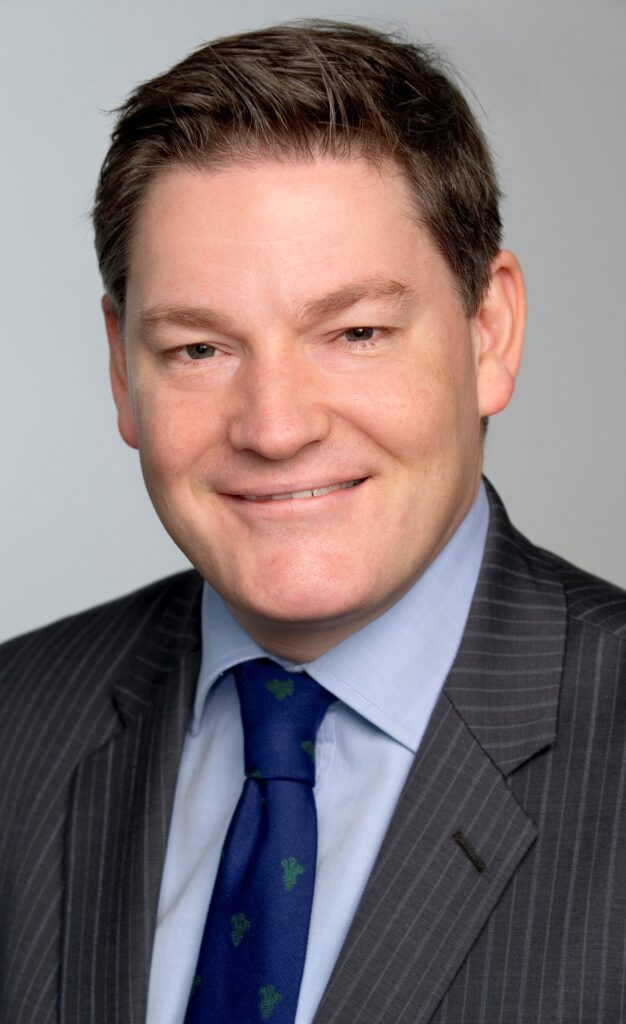
Repurchase agreements or repos are balance sheet intensive products. In a bid to support both direct access to repo markets amongst the buy side and deliver greater capital benefits for banks and dealers, Eurex has launched a balance sheet netting solution for repo trades. Dale Fullilove, Senior Vice President, Sales & Relationship Management at Eurex and Richard Glen, General Manager, Head of Collateral Management – Banking, Funding and Financing at Clearstream, share how the balance sheet netting solution meets accounting standards and can provide capital efficiency through the greater interlinking of its GC Pooling and Special repo services and enhancements to the Eurex and Clearstream infrastructure.
The importance of balance sheet netting
Repo can be a balance sheet intensive product owing to typically large volumes being traded with a wide variety of counterparties and asset classes. When added to a firm’s balance sheet already under regulatory capital pressure and particularly in stressed market conditions such as those that were seen in March 2020, balance sheet becomes constrained and room for client repo business can shrink, with downstream implications for client relationships.
As we have seen in the past years banks’ and broker-dealers’ balance sheet sizes have typically reduced in order to contain the demands of regulatory capital. This has sometimes come at the cost of curtailing repo facilities to clients unless there is significant further business underpinning the relationship. In order to continue to competitively offer securities financing facilities for some firms, looking at ways to lessen the growth effect of repo on balance sheet has become of paramount importance.
From the point of view of broker-dealers as our clients it is a core element of our strategy to support their client repo business by bringing buy-side client business into the central counterparty (CCP) and enabling netting.
While balance sheet netting by itself is not a major driver for buy-side firms in the same way as for broker-dealers, it still brings benefits in terms of, say, Return on Assets. We are seeing increasing volumes and direct participation from buy-side firms in Eurex’ Fixed Income ecosystem in Exchange Traded Derivatives, OTC Derivatives, and Repo is a vital element in our strategy to support buy-side participation in these markets.
Accounting standards
Banks commonly look to leverage opportunities to reduce gross balances in their balance sheets and as both repos and reverse repos are reported on balance sheets on a gross basis, the capacity to includes these trades is extremely limited. Current accounting and regulatory standards allow for the offsetting of financial assets and liabilities via balance sheet netting as long as certain criteria is met. The Eurex/Clearstream balance sheet netting solution places repo trading clients in a position to complete balance sheet netting in line with both the accounting standards set out by both the International Financial Reporting Standards (IFRS) and Generally Accepted Accounting Principles (GAAP). For instance, one of the prerequisites for balance sheet netting requires that the repo and reverse repo trade face the same counterparty, which is the case in Eurex’s Special and GC Pooling markets where all trades face Eurex Clearing AG, the clearing house. Further details on the balance sheet netting solution and how it addresses accounting standards can be found via the Eurex whitepaper (add link).
The Role of the CCP
The growth of buy-side firms clearing repo and other asset classes via CCPs brings into play solutions offered by the clearing house. At Eurex Clearing, for example, there are buy-side firms accessing the CCP for various cleared markets. It could be that a pension fund manager decides to monetize its portfolio via repo in order to raise cash to post as variation margin on his derivatives business. Where sell-side firms are increasingly executing the repo leg this brings increased balance sheet pressure necessitating netting solutions.
Working with our partners at Clearstream has allowed us to collaborate and create innovative solutions that create unique value across the trading and clearing layer as well as leverage efficient and effective post-trade solutions.
In particular, the nature of Eurex’s integrated trading, clearing and settlement infrastructure and the face that all trades face the CCP enables various efficiencies, including multilateral netting.
How the solution works – the value of interlinking of funding and financing
The availability within Eurex Repo of different market segments offering liquid solutions for funding (GC Pooling) and financing (Special Repo) fit a balance sheet netting solution perfectly. For example, a broker/dealer raising cash from an asset manager in GC Pooling can net the consequent balance sheet impact against purchases made in single ISIN Specials on the interbank market via the order book, since all the EUR cash will settle in one dedicated cash account at Clearstream Banking, fulfilling accounting standard requirements for FIN41 and IAS32.
There are also the additional benefits in using this model in terms of ease of execution in one marketplace at Eurex Repo, reduction of counterparty risk via anonymous order book trading and the involvement of Eurex Clearing AG as the CCP, and straight through processing benefits in terms of onward settlement instruction transmission and collateral management facilities at Clearstream Banking.
There are also benefits of scope to our solution. In GC Pooling there are approximately 12,000 ISINs eligible to be allocated into the various baskets. On the Specials side there are over 9,000 ISINs, providing netting potential over the widest available asset class set.
In the whitepaper, a case study example is given showing how one broker dealer reduced its gross total on balance sheet by EUR 3.8 billion through balance sheet netting.
Settlement changes enable balance sheet netting
Essentially the changes lie in the settlement accounts for the cash legs of the repo trades. Until recently all EUR GC Pooling cash legs settled within the Target 2 environment which meant that although securities settlement was taking place entirely at Clearstream Banking, from an accounting viewpoint GC Pooling was employing a different cash settlement account to the Specials side. In our solution EUR GC Pooling cash can now be settled in the same commercial bank money account at Clearstream as the Specials business, which required a technical change. There have been no changes to either the trading or clearing layers at Eurex which means this is a relatively simple solution to implement.
Extension to central bank money is on horizon
A cornerstone of our secured funding and financing model is access to liquidity. Our GC Pooling product in EUR was unique in combining anonymized trading in standardized baskets with central bank money and this proved particularly beneficial throughout the entire financial crisis. However, commercial bank money has remained interesting for many banks that didn’t have direct access to T2 liquidity and have enjoyed the convenient access to commercial bank money that many banks continue to offer.
Some of the changes that the ECB have planned at infrastructure level over the next two years, notably the consolidation of T2 and T2S as well as the introduction of ECMS, create a new incentive for European banks. On the one side, balance sheet netting opportunities in central bank money will allow banks to focus on consolidating more funding and financing activities across the Eurozone in a single location. However, the fact that all ECB eligible assets used to secure access to central bank liquidity need to be mobilized via ECMS in the future provides additional encouragement to firms looking to optimize the usage of all of their central bank money eligible assets without compromising access to traditional commercial bank money credit providers.
Read more from the whitepaper – “Innovations in Balance Sheet Netting Solutions for Repo Trading“
Contributors:

Dale Fullilove, Senior Vice President, Sales & Relationship Management at Eurex.

Richard Glen, General Manager, Head of Collateral Management – Banking, Funding and Financing at Clearstream.

